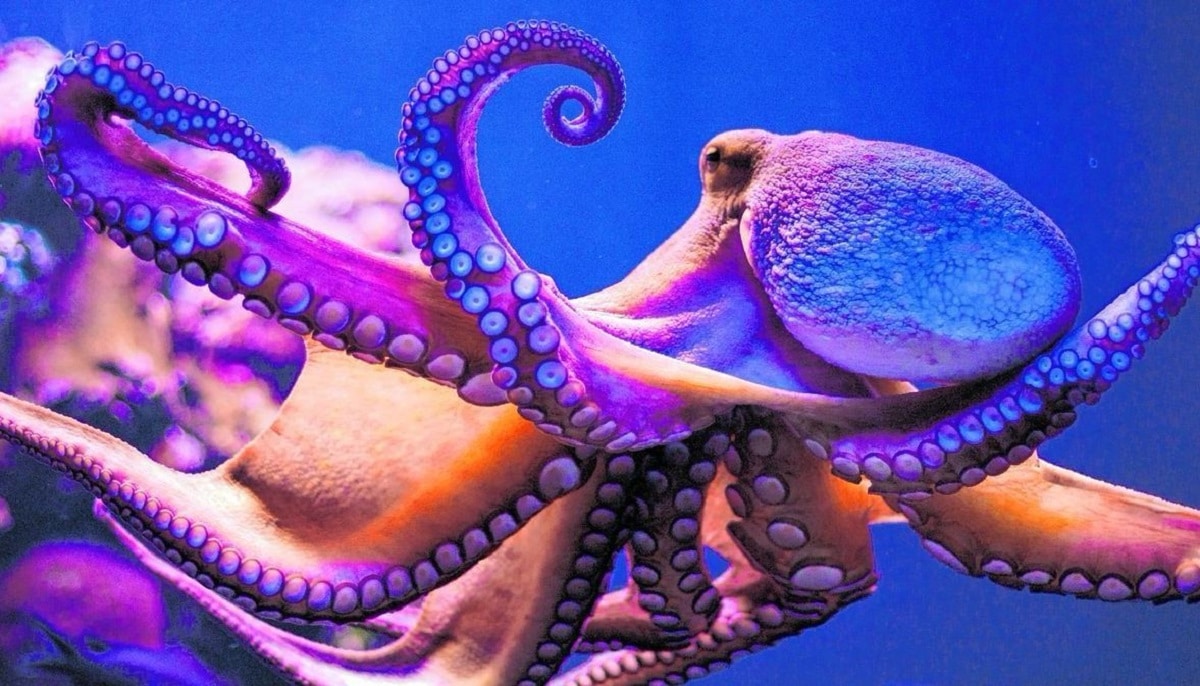
Octopuses are extraordinary animals. In this article, we intend to clarify some of the same doubts and comment on some curiosities, myths and truths. Do you know how many hearts an octopus has?
If you want to know more about the octopus, keep reading, we will clarify these doubts and more, because although it seems to be taken from a science fiction movie, the octopus has more than one heart!
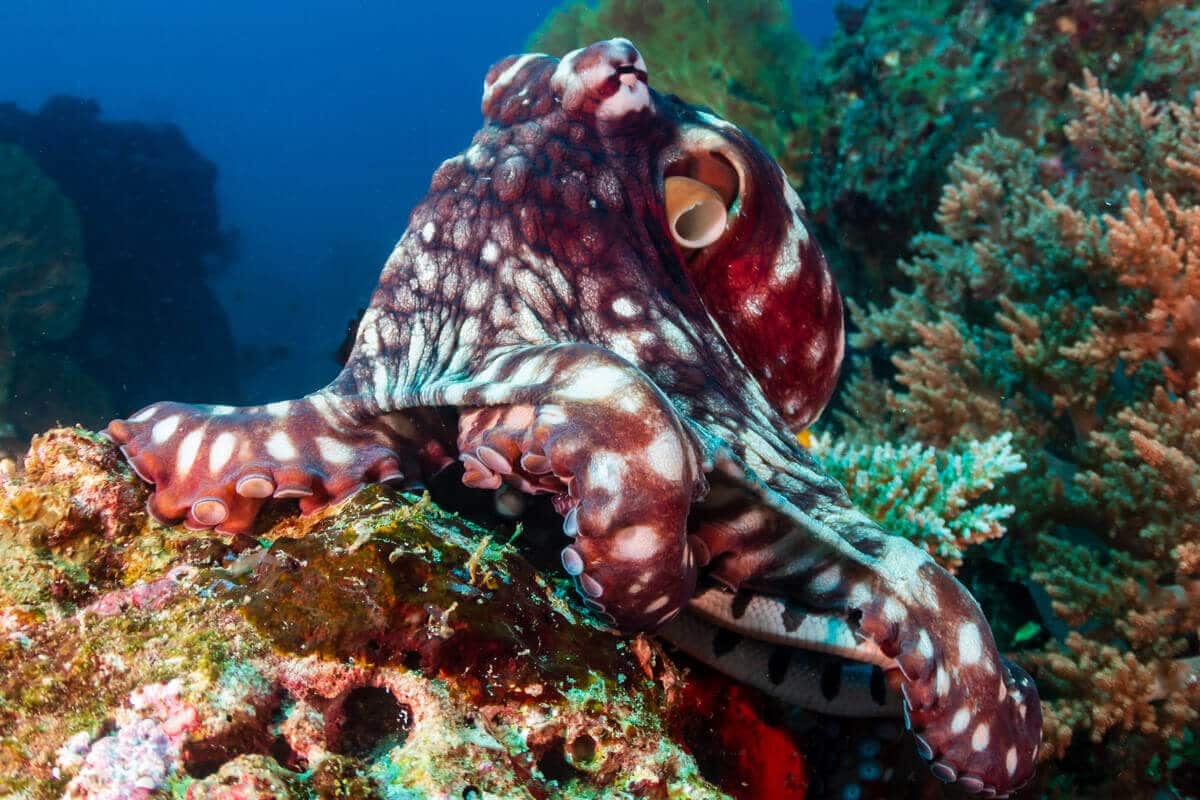
The octopus, an animal that seems mystical
In zoology, octopuses belong to the phylum of molluscs and class cephalopods. Within this class are octopus, cuttlefish, cuttlefish and nautilus. Octopuses can range in size from 2,5 cm up to 4 m, with its limbs outstretched, and weighing from 1g up to 15kg.
The octopus is a symmetrically identical invertebrate, albeit with eight legs. It has a fang or tooth in the center of its body, which is called a peak, for its resemblance to the beak of birds. Eight legs extending from the base of its head.
It is an animal known for its enormous brain, it is the largest and most complex of the known invertebrates. Octopuses also have more developed eyesight than the average for many animals. This is the sense they use the most, and they are able to distinguish the polarization of light at a depth of meters. is an animal with great learning and memory capacity. In fact, it is considered one of the most intelligent invertebrates known to date.
How many hearts does an octopus have?
Well, to the amazement of many people, octopuses have three hearts that are located in the head. Octopuses are very agile animals and are constantly on the move. This means that they need more oxygen than other animals to pump blood throughout their bodies, which is why they have three hearts.
The functions of these three hearts are complex. Two hearts are responsible for carrying deoxygenated blood to their gills. And the third heart uses it to pump oxygen-rich blood to the rest of the body. The use of its three hearts makes it more stable and resistant in the water.
Other curiosities about octopuses
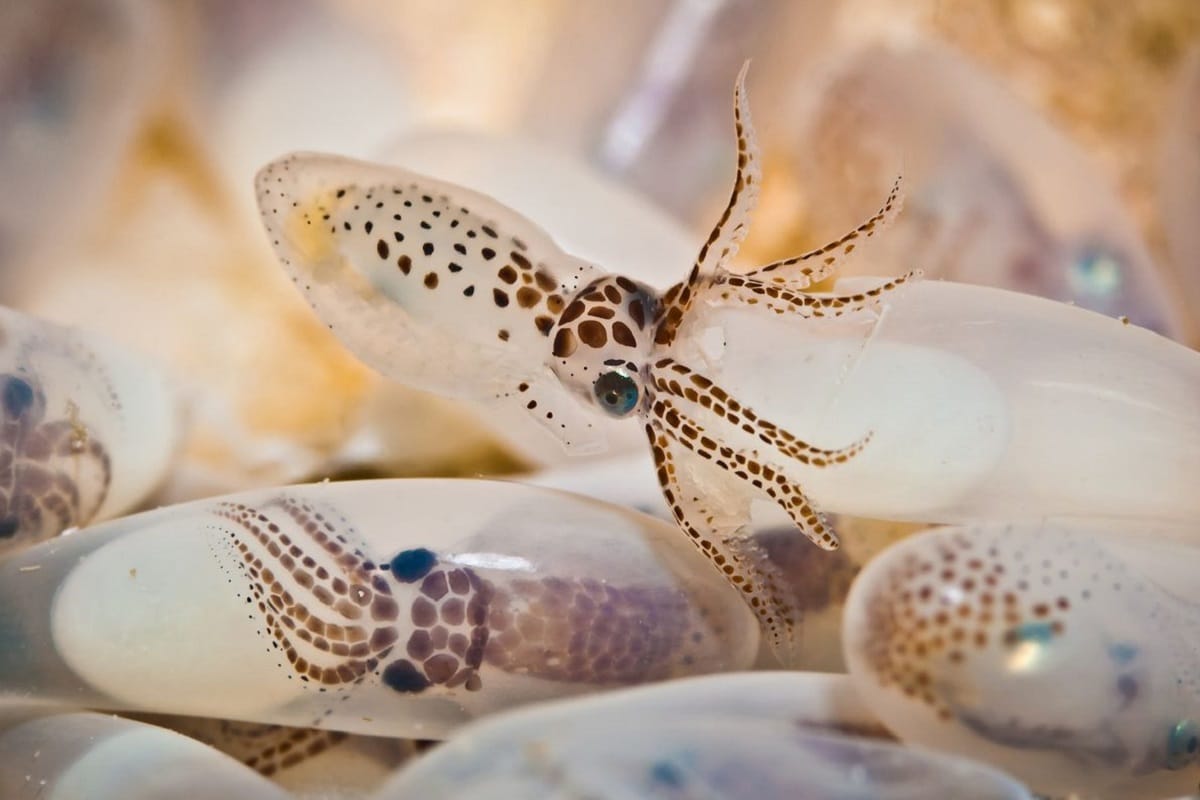
Once the question of how many hearts an octopus has has been clarified, we are going to tell you some other curiosities about octopuses that will not leave you indifferent when you read it.
The great sensory capacity of octopuses
Over the years, octopuses have developed powerful sensory abilities. This allows them to better recognize their environment and learn from it.
Interestingly, their senses are so powerful that octopuses they can identify their exact location in relation to the space they are in. There have been cases of octopuses in captivity learning to open food cans and even aquarium doors.
This invertebrate feeds mainly on crustaceans and molluscs, but also small fish and carrion. It is an animal that can be found almost anywhere in the world, especially in coral reefs.
The octopuses: the kings of camouflage in the marine world
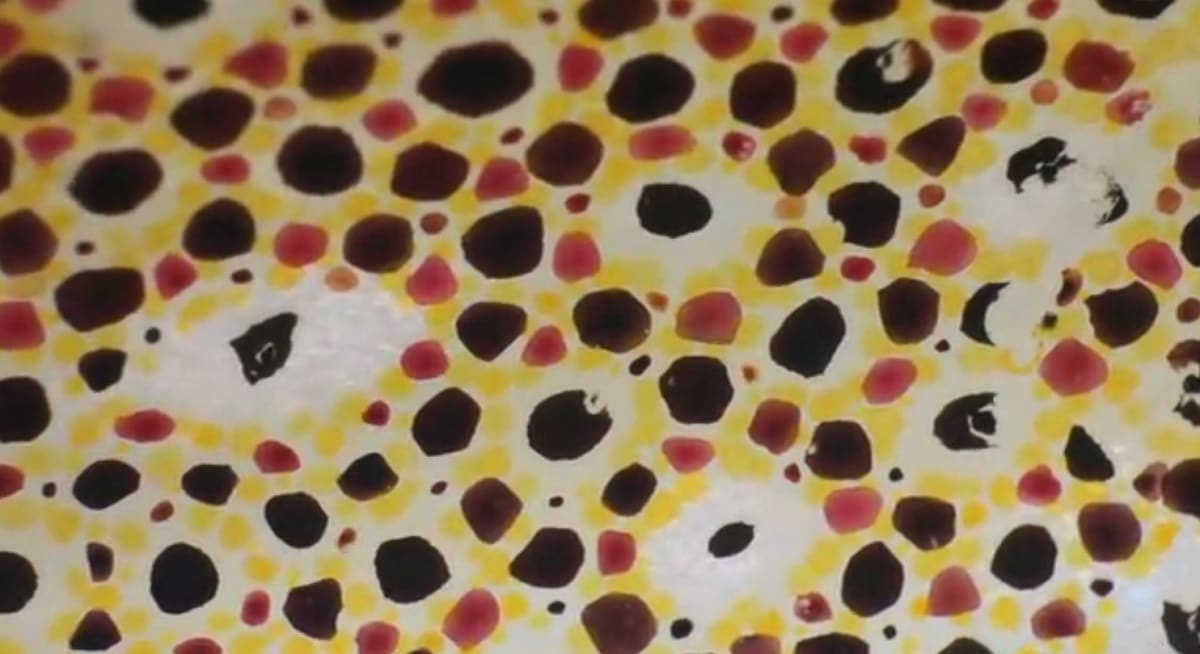
Chromatophores. Pigments present in the skin of octopuses.
The octopus is a non-aggressive animal that prefers to go unnoticed, blends in with its surroundings or flees from its attackers. You can control the appearance of your skin by contracting certain muscles, making their skin appear rougher, which increases the chance of blending in with their surroundings.
As for the color, they have a small bag of pigments (chromatophores) in their epidermis that they can open and close at will to change their shape and color. If we had to give it an Oscar in camouflage, surely the octopus would win it.
What color is octopus blood?
Far from seeming like a myth, octopuses have blue blood. In the vast majority of animals, the molecule that transports oxygen is hemoglobin. But in the case of the octopus, the hemocyanin It is the molecule that is responsible for transporting oxygen.
And what is this blue color due to?
Well, it turns out that the composition of this carrier molecule contains a lot copper, which gives your blood that characteristic blue color. Also, hemocyanin has another use for octopuses. It is a substance that keeps them warm even in sub-zero water temperatures.
Octopuses, courtship and reproduction
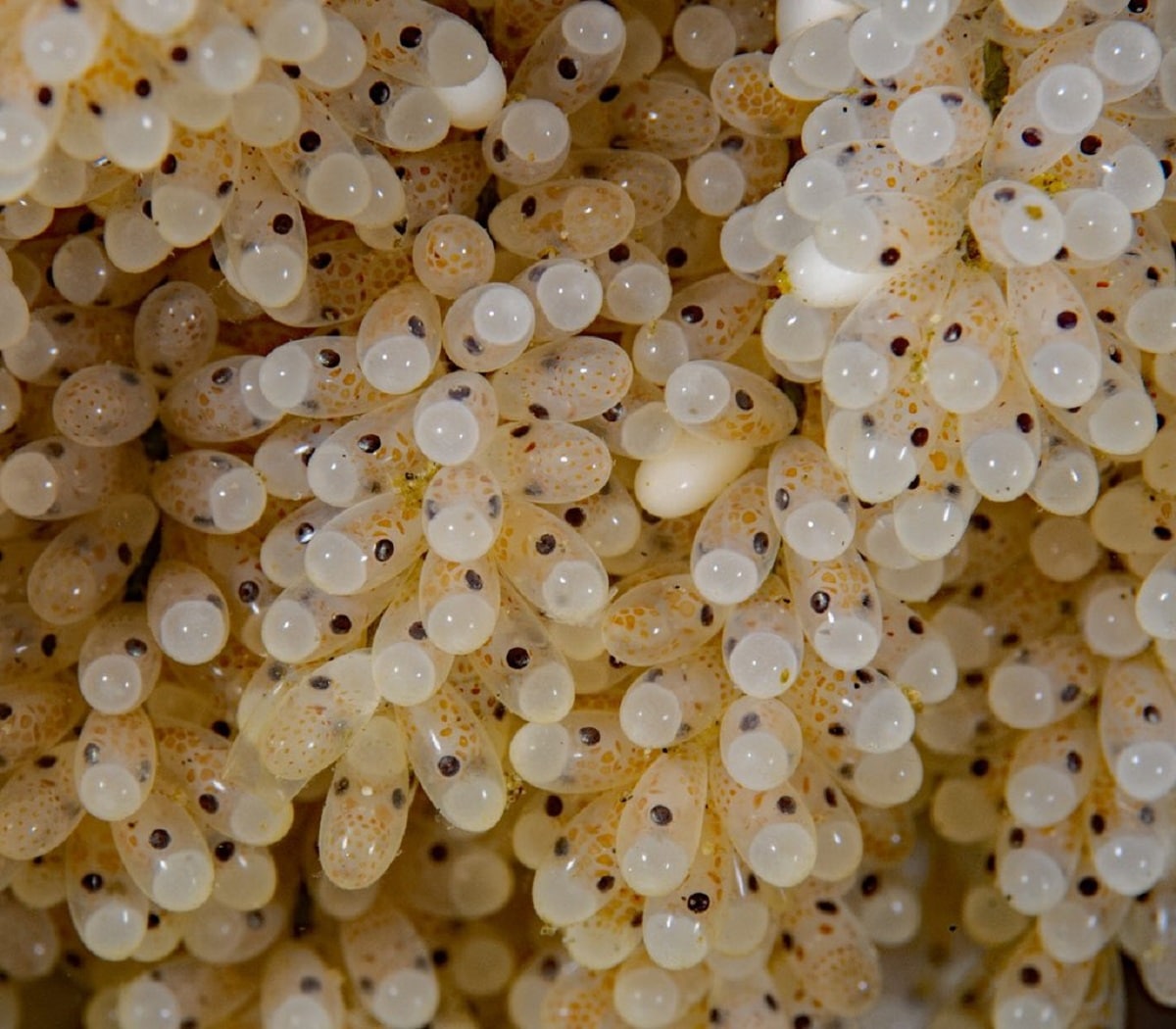
- Courtship: octopuses court through a series of body movements, as if it were a dance. They often use the pigments in their skin to create iridescent reflections, which make them more striking and appear larger, in order to attract females. They are very demanding when it comes to choosing a partner. In fact, the males fight violently so that the females do not mate with other males.
- Reproduction: Female octopuses usually lay eggs only once in their lives. However, it seems that the fact that they only reproduce once also occurs in males. Male octopuses usually die within a few weeks of the female being fertilized. The explanation for this reason is that the females protect their eggs until they hatch, they do not usually go out even to eat, therefore, they usually die of starvation. In the case of females bred in captivity, they can reproduce more than once. On the other hand, males also tend to have a short life because they spend a lot of energy in courtship and reproduction with the female, although it is more likely that some survive more than a year.
Locomotor system: How do octopuses move?

Thanks to their tentacles they can move in the water at fairly high speeds by means of a jet system. The system is based on capturing water and retaining it in your muscles. They then release it with pressure adjusting the direction they want to move.
This highly refined jet propulsion system has recently been integrated into small boats for easy manoeuvring.
poisonous octopuses
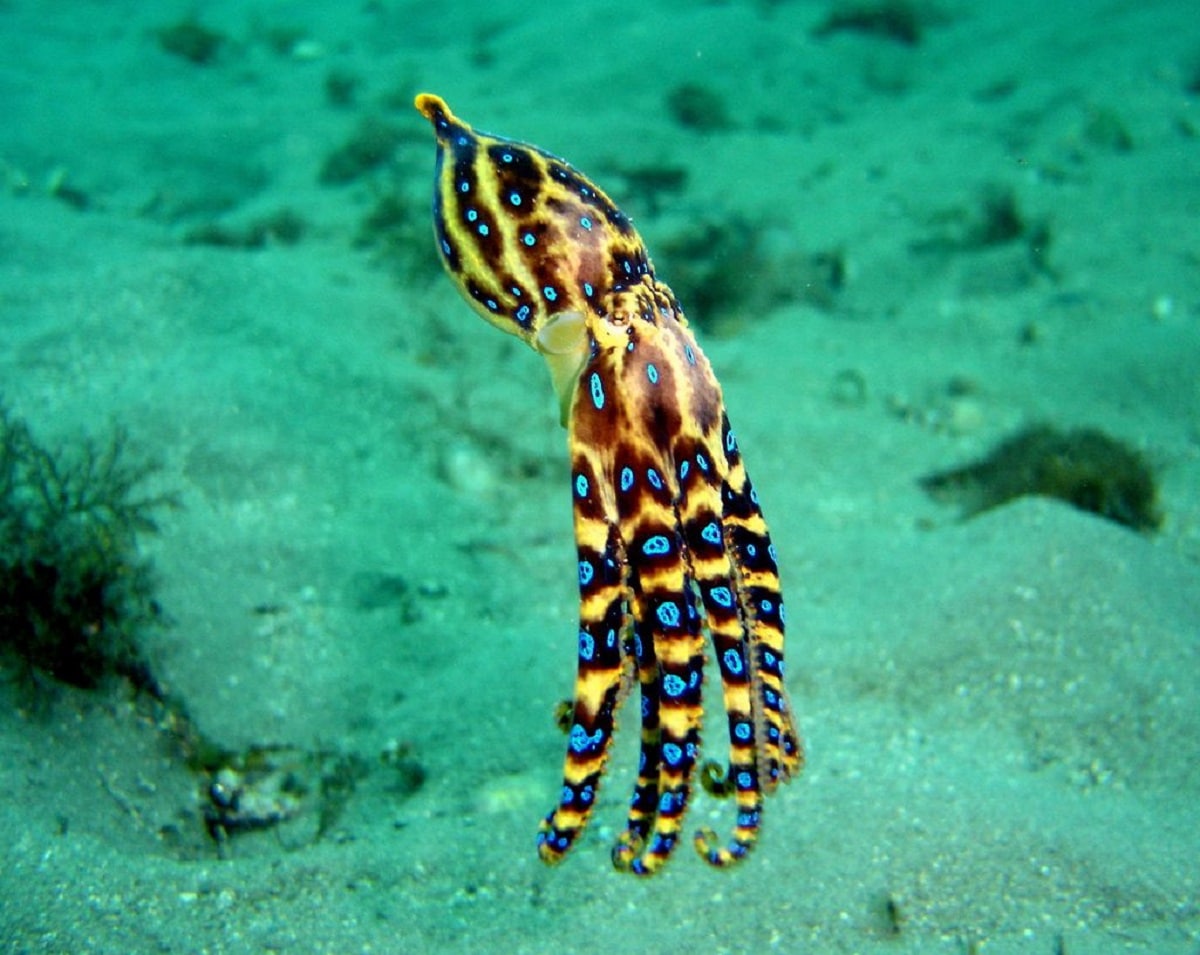
In general, all octopuses tend to be more or less poisonous, but the blue-ringed octopus is deadly to humans. This octopus belongs to the genus happalochlaena, who lives in the Pacific Ocean, and is highly poisonous. This species stores a very powerful toxin in its salivary glands, the tetrodotoxin. This substance is also found in the Blowfish.
The toxin is injected into the victim through the octopus's beak-like teeth. The chances of this octopus attacking people are very low. This genus does not usually exceed 15 cm and you have to remember that he is a very shy animal and does not like people, therefore, it will only act when it is in a dangerous situation.
There is no doubt that octopuses are very peculiar animals. Unfortunately, the climate change it leaves the oceans in a very vulnerable position. Many aquatic animals are entering the endangered species list, and for some it is already too late. We hope you have liked this article on how many hearts an octopus has and that you have learned some other curiosity about octopuses.